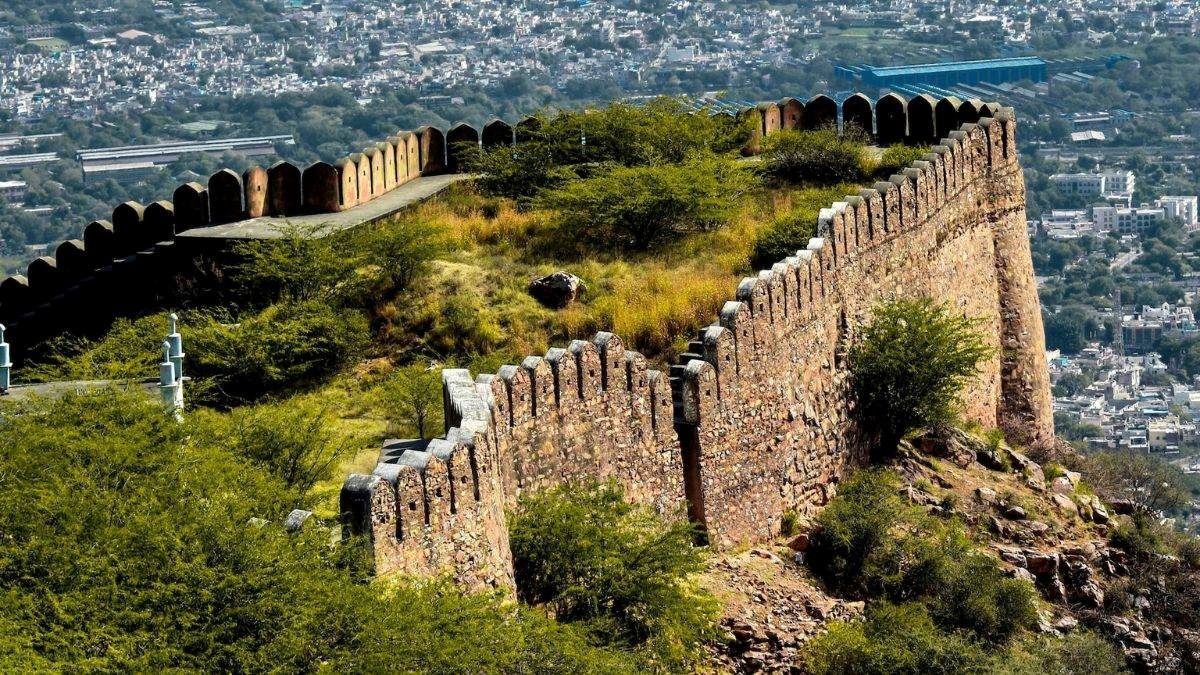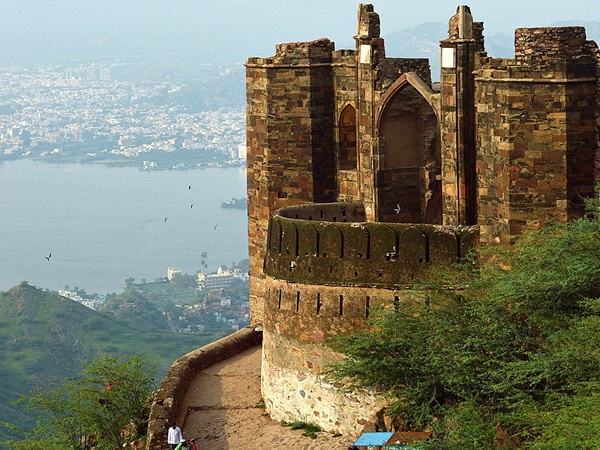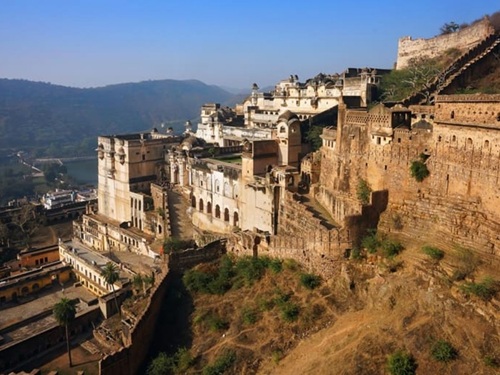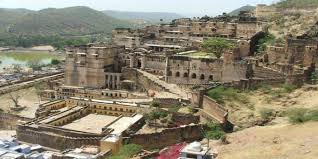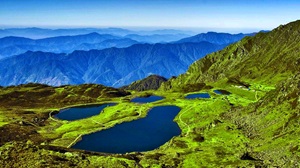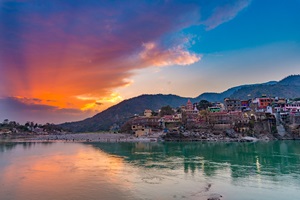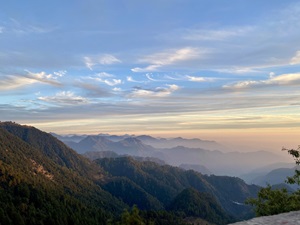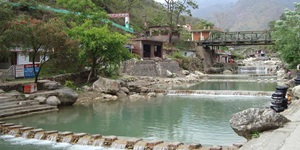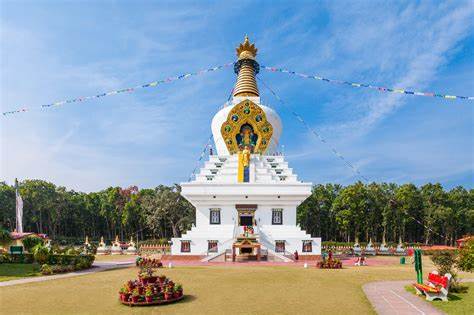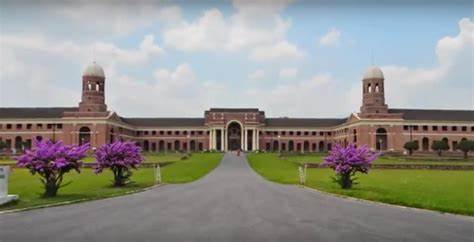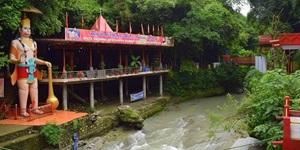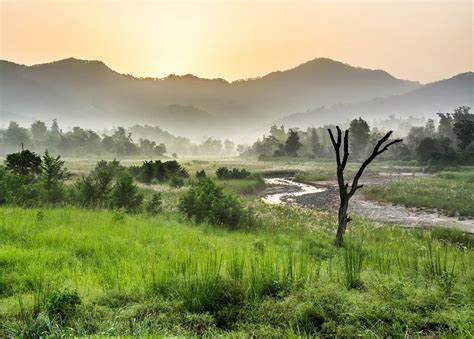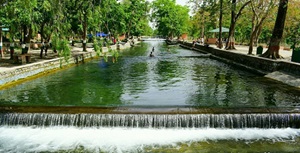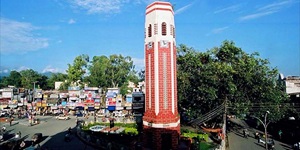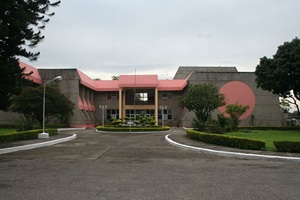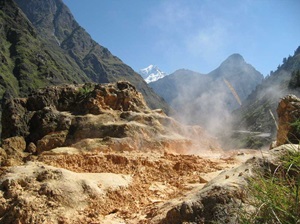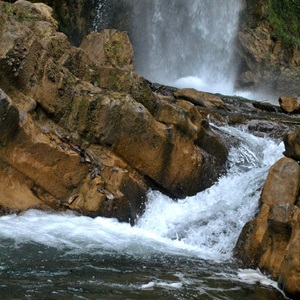Mindrolling Monastery – A Spiritual Sanctuary in Dehradun
Mindrolling Monastery, located in the serene hills of Dehradun, is one of the largest and most revered Buddhist monasteries in India. Known for its tranquil ambiance, magnificent architecture, and deep spiritual significance, it attracts visitors seeking peace, meditation, and cultural exploration.
This peaceful retreat, with its impressive stupa and lush gardens, offers a serene escape for those looking to connect with their spiritual side amidst the beauty of nature.
Historical Significance
Mindrolling Monastery, established in 1965, is a prominent Tibetan Buddhist center. It was built by the 12th throne holder of the Mindrolling lineage, and its vibrant history is closely linked to the Tibetan community. The monastery plays an important role in preserving and promoting Buddhist teachings in India.
The monastery’s significance extends beyond its cultural importance; it also serves as a hub for Tibetan monks, offering teachings, meditation, and rituals that are integral to Tibetan Buddhism.
Highlights
Mindrolling Monastery enchants visitors with its beautiful architecture, including the magnificent 220-foot stupa, one of the tallest in India. The monastery is adorned with intricate murals and colorful prayer flags that enhance the spiritual aura of the place.
The serene atmosphere, combined with its proximity to the lush hills of Dehradun, makes it an ideal spot for meditation and introspection.
Key Attractions
- 220-foot Stupa – One of the tallest stupas in India, symbolizing peace and enlightenment.
- Prayer Hall – A peaceful space where monks and visitors come together for prayer and meditation.
- Buddhist Art – The monastery is adorned with beautiful Tibetan murals and paintings depicting Buddhist teachings and philosophy.
- Gardens – Lush green gardens surrounding the monastery offer a peaceful space for visitors to relax and reflect.
Activities
- Spiritual Retreat – Engage in meditation and spiritual practices in the tranquil setting of the monastery.
- Photography – Capture the beautiful Tibetan architecture, vibrant murals, and scenic surroundings of the monastery.
- Attend Prayer Sessions – Join the monks in their daily prayer sessions to experience the spiritual energy of the monastery.
- Cultural Exploration – Learn about Tibetan Buddhism and its rich cultural heritage through guided tours and interactions with the monks.
How to Reach
- By Road: Mindrolling Monastery is easily accessible by road from Dehradun city center. Local taxis and buses are available for transportation.
- By Train: Dehradun Railway Station is the nearest railhead. From there, taxis and local buses can take you to the monastery.
- By Air: Jolly Grant Airport is the nearest airport, located around 30 km from the monastery. Taxis are available for onward travel to the monastery.
Best Time to Visit
- Season: March to June and September to November are the ideal months for visiting Mindrolling Monastery, as the weather is pleasant and conducive to outdoor exploration.
- Time of Day: Early mornings and late afternoons offer a peaceful experience with fewer visitors and a calm atmosphere.
Nearby Attractions
- Robber's Cave – A natural cave formation with flowing streams, perfect for nature enthusiasts.
- Tapkeshwar Temple – A revered temple dedicated to Lord Shiva, located near a natural spring.
- Rajaji National Park – A wildlife sanctuary offering a chance to explore the rich flora and fauna of the region.
- Forest Research Institute – A beautiful colonial-era building surrounded by lush greenery, ideal for nature walks and photography.
Tips for Visitors
- Dress Modestly: As Mindrolling Monastery is a spiritual site, it is advisable to dress modestly and respectfully.
- Carry Water and Snacks: Bring along essentials like water and light snacks, as facilities inside the monastery may be limited.
- Respect the Environment: Maintain silence and respect the serene atmosphere of the monastery.
- Be Punctual: Try to arrive during prayer sessions to experience the full spiritual impact of the monastery.
